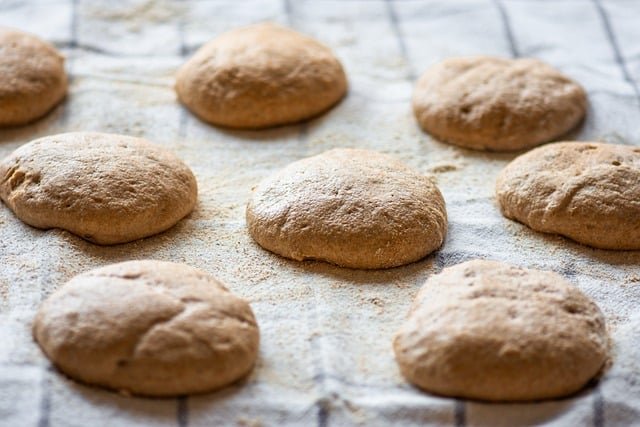How to Use a Bread Machine for Baking Bread at Home
A bread machine can turn a few simple ingredients into fresh, warm bread with consistent results. Whether you’re new to machine baking or refining your routine, understanding how a bread machine works, how to set it up in the kitchen, and how to adjust ingredients and cycles helps you make better loaves and save time. This guide covers practical steps for mixing, kneading, baking, and troubleshooting common dough and loaf issues.

Bread machine: what it does and common features
A bread machine automates mixing, kneading, rising, and baking in one compact appliance. Most models include programs for white, whole wheat, rapid, dough-only, and sometimes gluten-free settings. Key features to note are loaf size options, crust color controls, a delayed start timer, and a paddle design that influences crumb texture. Understanding these features lets you choose the right program for the type of bread you want and fine-tune results without guessing.
Setting up your bread machine in the kitchen
Place the bread machine on a stable, heat-resistant surface with enough space for ventilation and easy access to the lid and baking pan. Keep it away from drafty windows or direct heat sources to avoid uneven rising. Make sure you have measuring tools (spoons, cups, or a kitchen scale), a clean towel for proofing additional dough if needed, and a place to cool loaves. Regular cleaning of the pan and paddle after each use prevents buildup that can affect future bakes.
Basics of baking cycles and timing
Most bread machines follow a sequence: mix, knead, first rise, punch down (automated by the machine), second rise, and bake. Cycle times vary by program; a basic loaf often takes 3 to 4 hours, while rapid cycles are shorter but may yield a denser crumb. Use the delayed start feature to time fresh bread for mealtimes, but avoid setting perishable ingredients in advance (like milk or eggs) for extended delays. Recognizing each cycle stage helps you intervene when a recipe needs manual adjustment.
Ingredients and measurements for consistent bread
Consistent results rely on precise ingredient ratios: flour, water, yeast, salt, and fat or sweeteners when required. Measuring by weight is more accurate than by volume; if you use cups, spoon flour into the cup and level it rather than scooping. Use the appropriate yeast for machine programs—active dry or instant yeast are common; follow package instructions for conversions. Salt controls fermentation and enhances flavor; sugar feeds yeast and supports browning. Small changes in hydration or flour type can affect rise and texture.
Kneading and dough tips for better texture
The machine does most kneading, but you can monitor dough during the first knead to check consistency. Proper dough should form a smooth, slightly tacky ball that clears the pan’s sides. If it seems too dry, add water a teaspoon at a time; if too sticky, add flour gradually. For enriched doughs (with eggs, butter, or milk), expect a softer, stickier dough and a finer crumb. Removing the paddle after baking can prevent a hole at the base of the loaf—some machines have fold-away paddles or specialized pans to minimize this.
Troubleshooting dough and loaf issues
Common problems include dense loaves, collapsed middles, or uneven crusts. Dense bread can result from old yeast, too much flour, or insufficient rise time. A collapsed middle often indicates over-proofing or too much liquid. Uneven browning might be caused by poor ventilation or incorrect crust settings. If the loaf is too small, try a different program or check that you used the right yeast quantity and that the machine was in a warm environment. Keep a baking log of adjustments—small, incremental changes help identify what improves a recipe.
Conclusion
Using a bread machine streamlines many steps of bread-making while still letting you control ingredients and outcomes. By learning machine cycles, measuring ingredients consistently, and observing dough behavior during kneading, you can tailor results to your preferences. With some experimentation and routine maintenance, a bread machine becomes a dependable tool for producing a variety of homemade breads.





